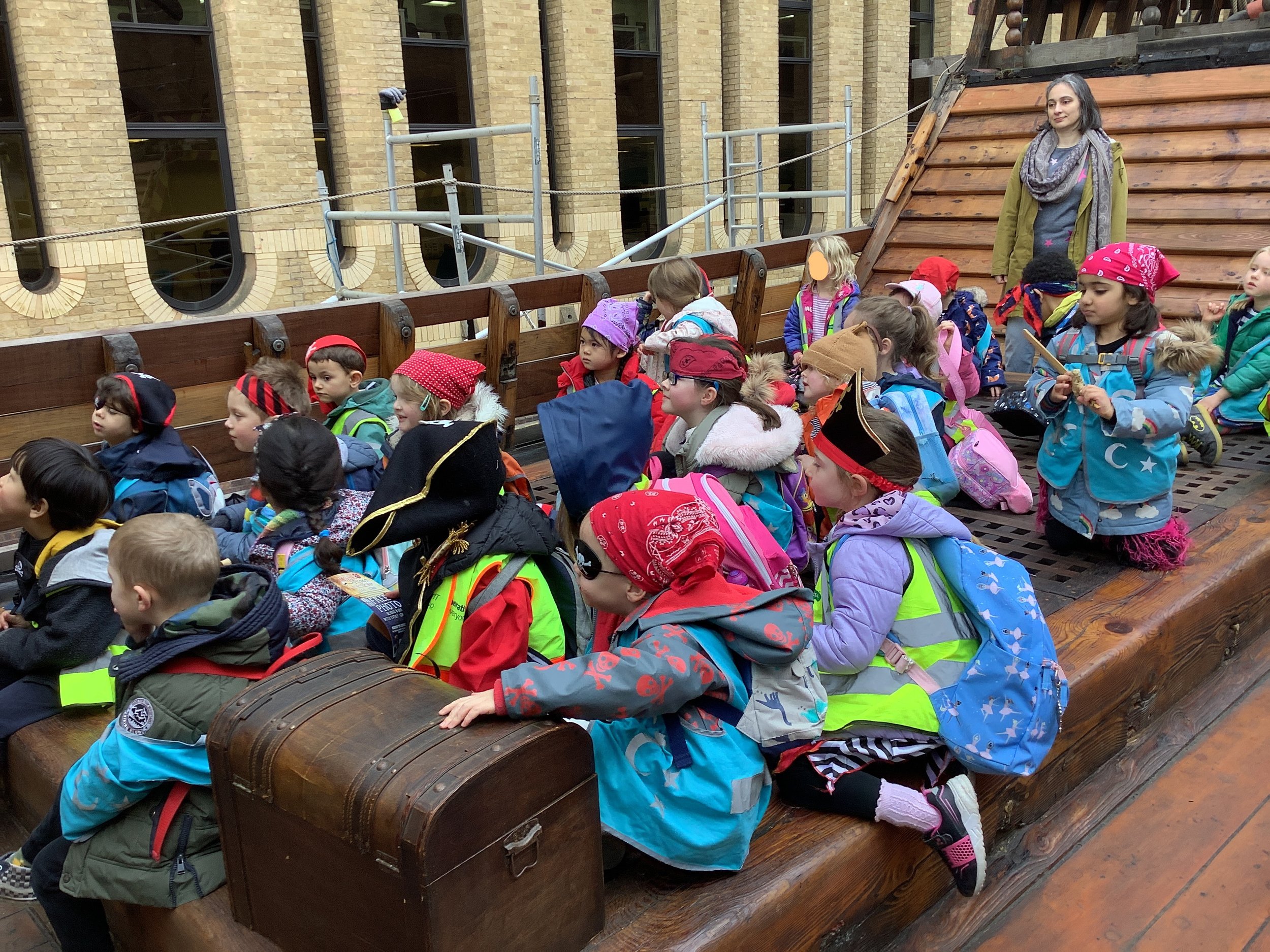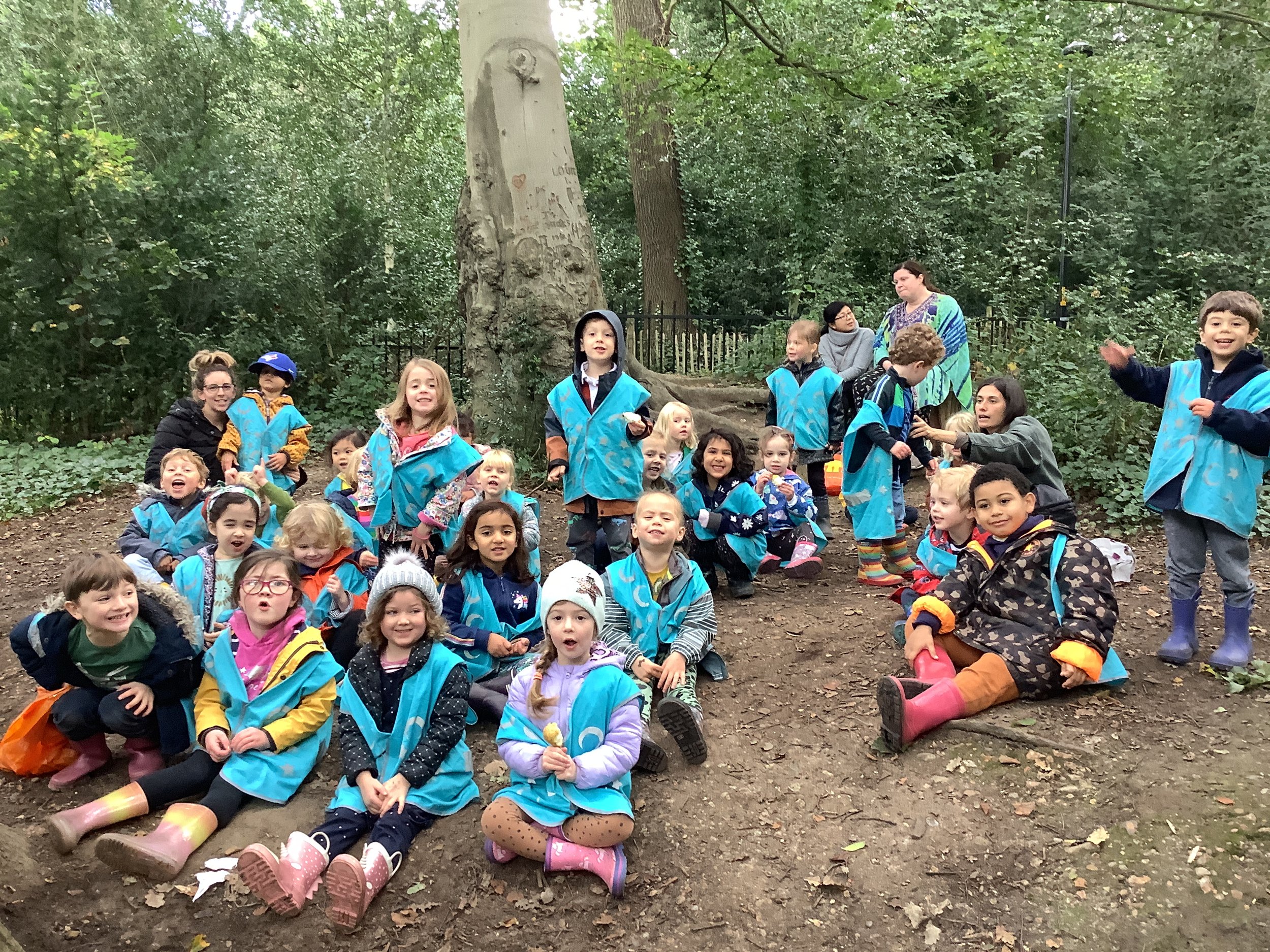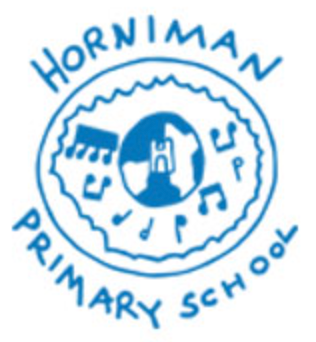
History
Intent
At Horniman School we create excellent historians through the development of the children’s historical vocabulary, use of historical sources, understanding of chronology and ability to develop narratives within and across periods of study. Children gain the historical skills of identifying and understanding change, cause and effect, similarity and difference, connections and trends over time and significance of events, individuals and periods. The children’s own lives and the local area will be used as a starting point and wherever possible each topic area will be accompanied by educational visits to see real historical artefacts and sites.
How is History taught?
To ensure progression in the children’s historical skills and knowledge, we plan topics aligning with The National Curriculum.
In Reception, we believe that historians should be able to talk about past and present events in their own lives and in the lives of family members, know about similarities and differences between themselves and others, and among families, communities and traditions.
In Key Stage 1, we believe historians should have an awareness of the past, use historical vocabulary, develop chronology, identify similarities and differences, understand how we find out about the past through historical sources of evidence and know and understand key features of significant historical events.
In Key Stage 2, we believe historians should: develop a chronologically secure knowledge and understanding of British history, understand where key events from local and world history fit chronologically, establish clear narratives within and across the periods they study, recognise connections, contrasts and trends over time, use historical terms appropriately, address and devise historically valid questions about: change, cause, similarities and differences, select and organise relevant historical information to answer questions about the past and understand how our knowledge of the past is constructed from a range of sources.
The children are exposed to at least 2 different topics per year group. We believe educational visits should be used wherever possible, and the use of artefacts to be used in lessons to encourage the children’s interest and inquisitiveness about the topic.
Curriculum Overview
Educational Visits
We encourage educational visits as much as possible in order to help the children’s understanding and interest in the topic they are studying.
Here are some examples of the trips they make in the different year groups:
Reception: Local area to Sydenham Woods, Horniman Museum
Year 1: Bethnal Green Toy Museum, a local area walk, Leeds Castle
Year 2: Science Museum, Florence Nightingale Museum
Year 3: Museum of London
Year 4: WW|| day experience, Imperial War Museum, Horniman Museum
Year 5: Globe Theatre, Horniman Museum
Year 6: British Museum (Mayans), Royal Courts, Tower of London





